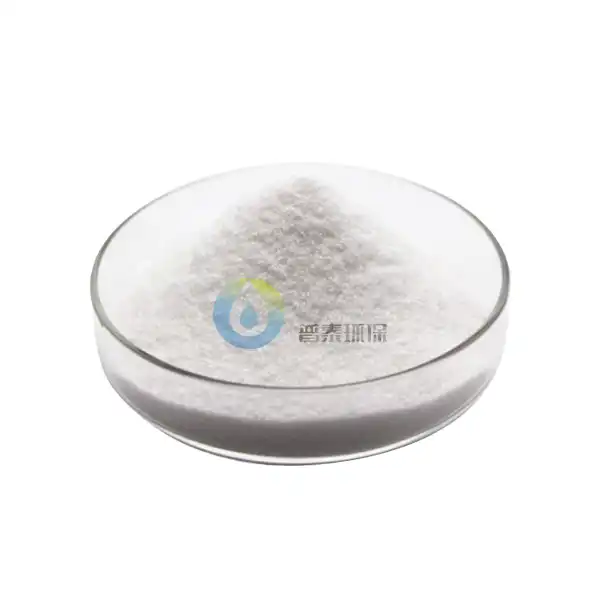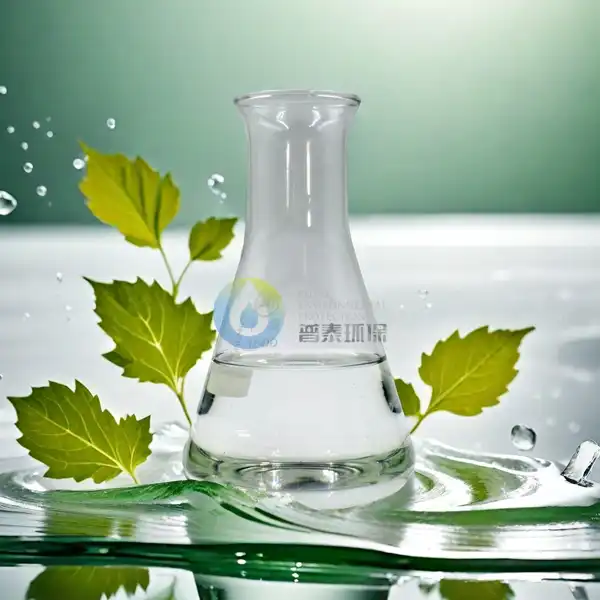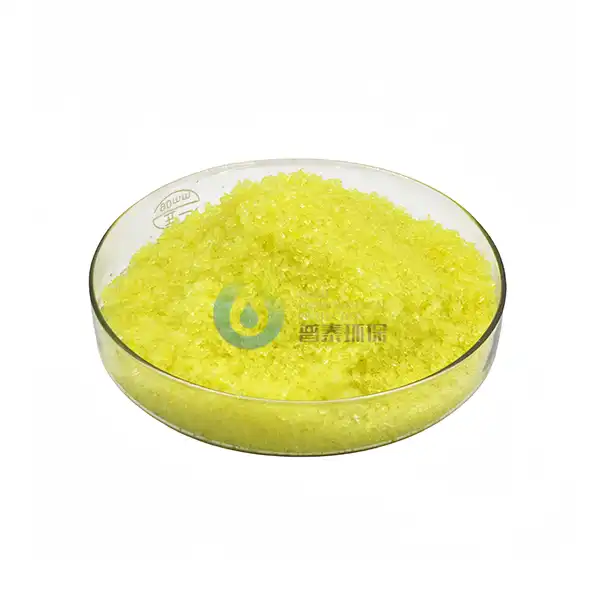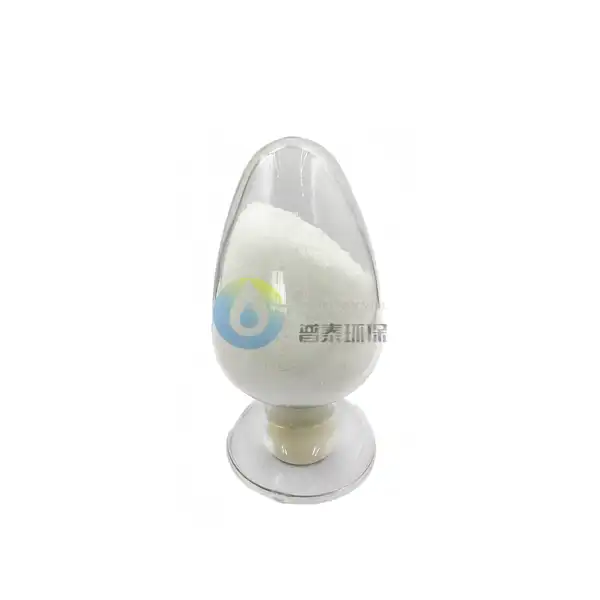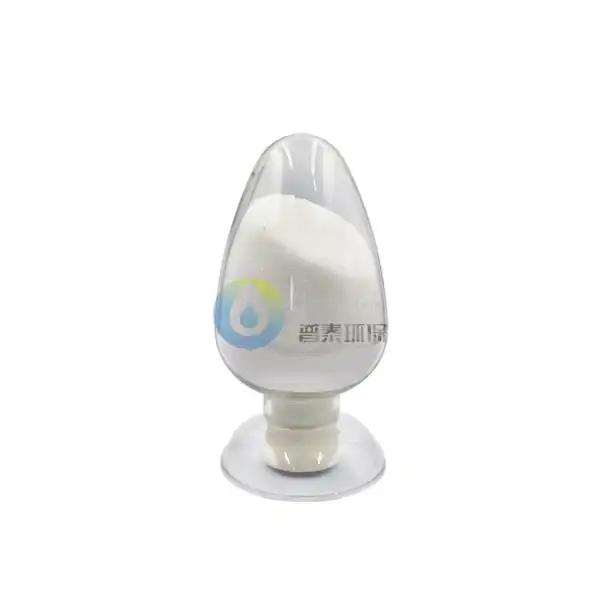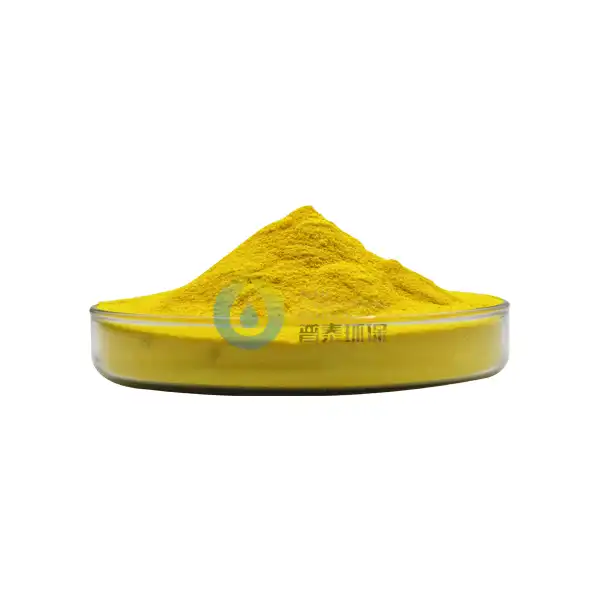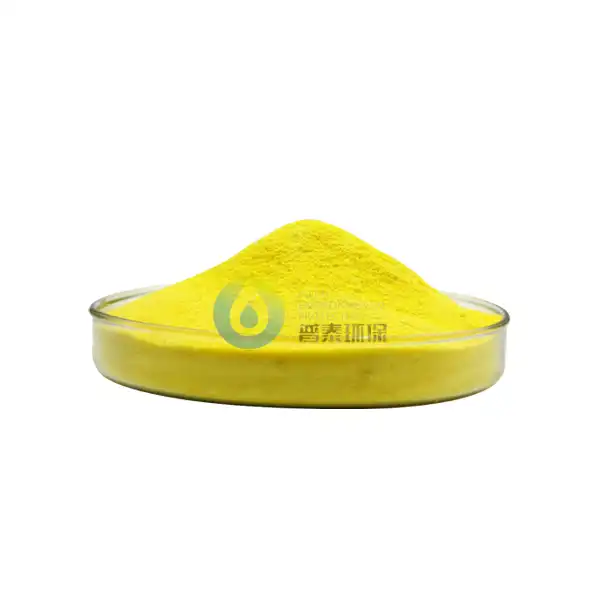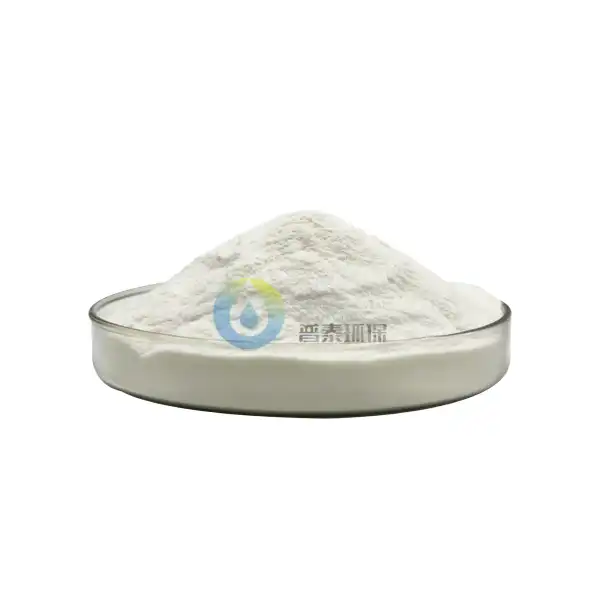Why is Poly Aluminium Chloride Used in the Paper Industry?
Poly Aluminium Chloride (PAC) has emerged as an essential chemical in the paper manufacturing industry, revolutionizing various processes from pulp preparation to wastewater treatment. This versatile coagulant plays a crucial role in improving paper quality, enhancing production efficiency, and addressing environmental concerns associated with paper manufacturing. As sustainability becomes increasingly important in industrial processes, PAC offers significant advantages over traditional chemicals, making it a preferred choice for paper manufacturers worldwide.
What makes Poly Aluminium Chloride an effective coagulant in paper manufacturing?
The unique chemical structure of PAC for papermaking
Poly Aluminium Chloride possesses a distinctive polymeric structure consisting of polynuclear hydroxyl aluminum complexes with varying degrees of polymerization. This unique structure enables PAC to form strong bridges between cellulose fibers and fine particles in the pulp suspension. The high positive charge density of Poly Aluminium Chloride In Paper Industry applications facilitates rapid neutralization of negatively charged particles present in the pulp, leading to efficient flocculation. Unlike traditional aluminum sulfate (alum), PAC maintains its effectiveness across a wider pH range (5.0-9.0), providing paper manufacturers with greater operational flexibility. The pre-hydrolyzed nature of PAC also means it requires less alkalinity for effective coagulation, resulting in more stable performance during the papermaking process.
Comparative advantages over traditional coagulants
When compared to conventional coagulants like aluminum sulfate and ferric chloride, Poly Aluminium Chloride In Paper Industry applications demonstrate several significant advantages. PAC requires lower dosages to achieve equivalent or superior results, typically 30-50% less than alum, translating to cost savings. PAC produces stronger and more shear-resistant flocs that withstand the high turbulence of modern high-speed paper machines, resulting in improved retention of fines and fillers. Its effectiveness at lower temperatures makes it valuable for mills operating in colder climates or those aiming to reduce energy consumption. Additionally, PAC generates less sludge during wastewater treatment, reducing disposal costs and environmental impact. The lower corrosivity of Poly Aluminium Chloride In Paper Industry formulations also extends equipment lifespan and reduces maintenance requirements.
Performance optimization in various paper grades
The versatility of Poly Aluminium Chloride In Paper Industry applications extends across different paper grades, from lightweight tissue to heavyweight packaging boards. For fine paper production, PAC enhances brightness and opacity by improving the retention of optical brightening agents and fillers. In newsprint manufacturing, it helps control pitch deposits while maintaining good drainage properties. For specialty papers requiring precise formation, PAC can be fine-tuned to achieve optimal flocculation without compromising sheet uniformity. In the production of packaging papers and boards, it contributes to improved strength properties by enhancing fiber bonding. For recycled paper production, effectively tackles the challenges of varied furnish quality by neutralizing contaminants and promoting consistent performance despite input variations.
How does Poly Aluminium Chloride improve water and wastewater treatment in paper mills?
Enhancing clarification in paper mill water systems
Poly Aluminium Chloride plays a pivotal role in clarifying water systems throughout the paper manufacturing process. In primary clarification, PAC effectively removes suspended solids, colloids, and dissolved organic matter from incoming fresh water. When applied to white water systems, Poly Aluminium Chloride In Paper Industry applications significantly reduce turbidity and total suspended solids levels, allowing for increased water reuse and decreased freshwater consumption. The rapid floc formation characteristic of PAC enables shorter settling times in clarifiers, increasing treatment capacity and improving operational efficiency. By creating larger, denser flocs, PAC enhances the performance of dissolved air flotation units commonly used in paper mills. The improved clarification also prevents scaling and deposits in equipment, reducing maintenance requirements and extending equipment lifespan.
Reducing biological oxygen demand (BOD) and chemical oxygen demand (COD)
One of the most significant challenges in paper mill wastewater treatment is managing the high levels of biological oxygen demand and chemical oxygen demand resulting from organic compounds released during papermaking processes. Poly Aluminium Chloride In Paper Industry applications excel at addressing this challenge by effectively coagulating and precipitating dissolved and colloidal organic substances, removing a substantial portion of BOD and COD before biological treatment stages. The high charge density of PAC enables it to neutralize negatively charged organic compounds more effectively than conventional coagulants. Studies have shown that optimized Poly Aluminium Chloride In Paper Industry treatment protocols can achieve COD reductions of 60-80% in paper mill effluents. By facilitating the removal of recalcitrant organic compounds, PAC helps paper mills meet increasingly stringent environmental discharge regulations.
Meeting environmental compliance standards
As environmental regulations governing the paper industry become increasingly stringent worldwide, Poly Aluminium Chloride has emerged as a critical tool in helping mills achieve and maintain compliance. PAC significantly reduces the discharge of suspended solids by promoting efficient sedimentation and filtration of particulate matter. Poly Aluminium Chloride In Paper Industry applications effectively reduce color in effluents by precipitating chromophoric compounds through charge neutralization and adsorption mechanisms. PAC treatment also helps remove potentially harmful substances from wastewater streams, preventing their release into natural water bodies. The lower aluminum residuals in treated effluent reduce the potential for aluminum toxicity in receiving waters. Furthermore, PAC's effectiveness in removing phosphorus from wastewater helps paper mills comply with nutrient discharge limitations aimed at preventing eutrophication.
Why is Poly Aluminium Chloride preferred for improving paper quality and production efficiency?
Enhancing fiber and filler retention
Effective retention of fibers and fillers is crucial for both paper quality and production economics. When properly applied, PAC neutralizes the negative surface charges of cellulose fibers and filler particles, reducing repulsion forces and promoting agglomeration. This enhanced retention results in fewer fibers and fillers lost to the white water system, representing direct raw material savings. Studies have demonstrated that Poly Aluminium Chloride In Paper Industry applications can improve first-pass retention by 10-20% compared to conventional retention systems. Beyond economic benefits, improved retention contributes to more consistent formation and better cross-directional uniformity of the paper sheet. The efficient retention of expensive additives such as optical brightening agents and sizing chemicals further enhances the cost-effectiveness of PAC use. By retaining more fillers like calcium carbonate and clay, Poly Aluminium Chloride In Paper Industry treatments help manufacturers achieve desired opacity and brightness targets with lower filler addition rates.
Controlling pitch and stickies in recycled fiber processing
The increasing use of recycled fibers in paper manufacturing has brought greater challenges related to pitch and stickies—tacky contaminants that can cause product defects and disrupt production. Poly Aluminium Chloride In Paper Industry applications provide effective solutions for managing these problematic substances. PAC's high cationic charge neutralizes the negative charge of pitch particles and sticky contaminants, preventing their agglomeration into larger deposits. By destabilizing colloidal pitch and stickies, PAC facilitates their removal through existing cleaning and screening systems. The flocculation properties of Poly Aluminium Chloride In Paper Industry formulations help incorporate small pitch particles into the fiber matrix, where they become effectively "fixed" and less likely to cause deposition problems. For mills processing high-contaminant furnishes such as old corrugated containers or mixed office waste, PAC treatment significantly reduces machine downtime associated with stickies buildup.
Improving drainage and machine runnability
Enhanced drainage performance represents one of the most significant operational benefits of Poly Aluminium Chloride in modern papermaking operations. By creating optimally sized flocs with the right structure and density, PAC facilitates faster water removal throughout the forming and pressing sections of the paper machine. This improved dewatering capability allows paper machines to operate at higher speeds without increasing sheet moisture content entering the dryer section, potentially increasing production capacity by 5-15%. The more efficient water removal also translates to reduced steam consumption in the dryer section, generating substantial energy savings. Poly Aluminium Chloride In Paper Industry applications contribute to more uniform sheet moisture profiles across the machine width, eliminating damp streaks and associated drying challenges. The improved drainage characteristics result in fewer web breaks caused by wet sheet weakness, increasing machine efficiency and reducing costly downtime.
Conclusion
Poly Aluminium Chloride has established itself as an indispensable chemical in modern paper manufacturing due to its versatility and superior performance across multiple applications. From enhancing retention and drainage to improving wastewater treatment and product quality, PAC delivers significant benefits that support both operational efficiency and environmental sustainability in the paper industry. As the sector continues to face challenges related to resource conservation, environmental compliance, and competitive pressures, the strategic use of PAC will remain crucial for maintaining profitable and responsible paper production operations.
Xi'an Putai Environmental Protection Co., Ltd. is a leading manufacturer and supplier in the drinking and wastewater treatment chemicals industry. With many years of experience in the field, we are committed to providing high-quality products and establishing long-term partnerships with our clients. Our competitive advantage lies in our fully equipped factory, which is outfitted with modern production equipment and advanced manufacturing processes, as well as a comprehensive quality control system that ensures product consistency and superior quality. Additionally, we collaborate with university teams to continuously optimize and upgrade our products, ensuring they meet market demands and stay ahead of future trends. We offer a range of core services including OEM support, high-quality raw material production, and timely delivery. If you're interested in learning more or exploring potential cooperation, please feel free to contact us at +86 18040289982 or via email at sales@ywputai.com. We look forward to the opportunity to work with you.
References
1. Wang, S., & Lu, A. (2023). Advanced Applications of Poly Aluminium Chloride in Modern Paper Manufacturing. Journal of Chemical Technology and Biotechnology, 98(5), 1245-1257.
2. Martinez, J., & Kumar, R. (2022). Comparative Study of Coagulants in Pulp and Paper Mill Wastewater Treatment: Focus on PAC Performance. Water Science and Technology, 85(2), 412-425.
3. Chen, H., Li, X., & Zhang, Y. (2021). Mechanisms of Poly Aluminium Chloride in Fiber and Filler Retention: A Comprehensive Review. BioResources, 16(4), 8123-8145.
4. Thompson, C., & Wilson, D. (2023). Environmental Benefits of PAC in Paper Industry Wastewater Management. Environmental Technology & Innovation, 29, 102-115.
5. Nakamura, T., & Anderson, P. (2022). Optimizing PAC Dosage for Improved Paper Machine Runnability and Energy Efficiency. TAPPI Journal, 21(7), 387-398.
6. Garcia, M., & Patel, S. (2021). The Role of Poly Aluminium Chloride in Sustainable Papermaking: From Fiber Recovery to Effluent Quality. Nordic Pulp & Paper Research Journal, 36(3), 578-590.
